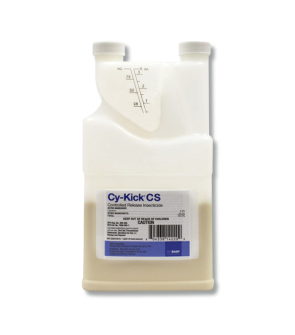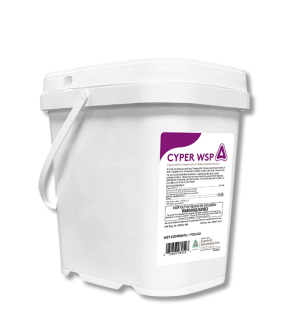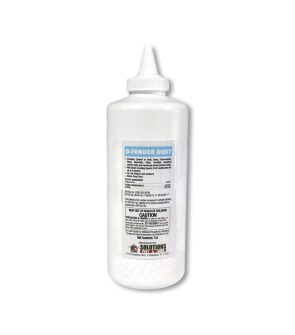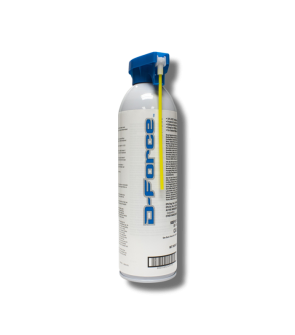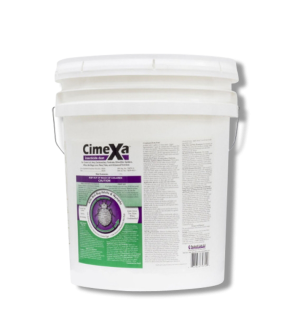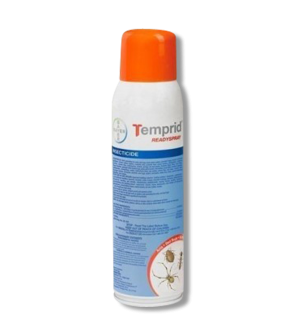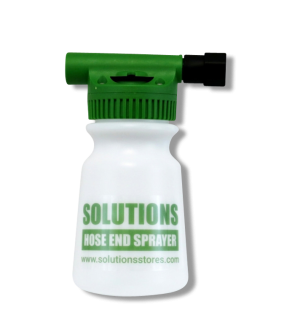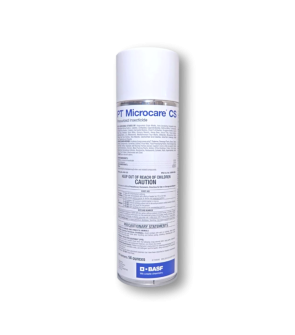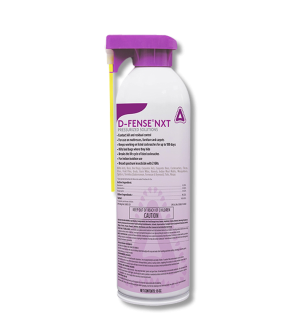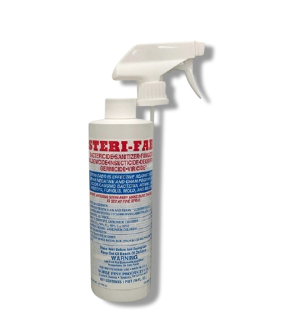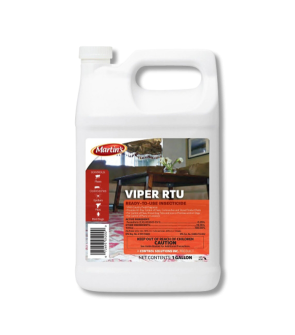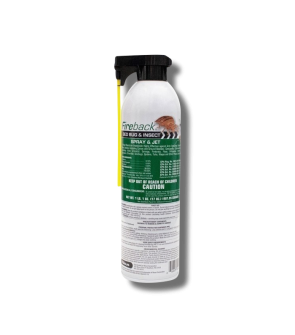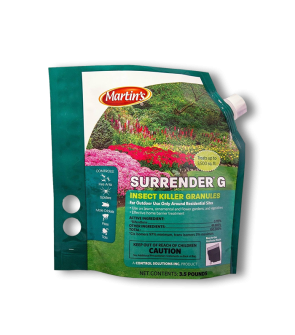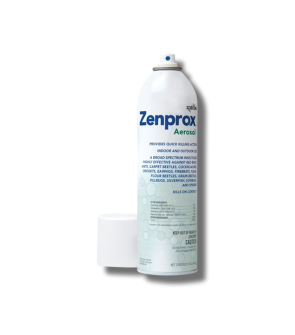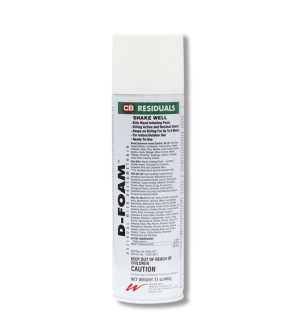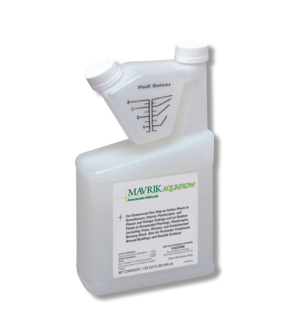Gain access to personalized product screening, the best pricing, rewards, and more!
Most Effective Products
Firebrat Control: How To Get Rid of Firebrats
This page is a general firebrat control guide. Using the products and methods suggested, you will get control of firebrats. Follow this guide and use the recommended products; we guarantee 100% control of firebrats.
Firebrats are a common issue for homeowners, and anyone can suffer from an infestation.
Silverfish and Firebrats might look similar, but Firebrats prefer warmer and moist temperatures, as opposed to Silverfish, which prefer cool, moist areas. Firebrats are gray or brownish and usually about 1/2 inch long. They have long antennae and three long tails at the end of their bodies. Because they prefer warmer and moist environments, they are mainly found in boiler rooms, water heaters, basements, and crawl spaces, but they can travel from room to room in search of food.
Firebrats can be introduced into the home through infested items such as cardboard boxes, books, or shipping boxes or when leaks and moisture build up in your home, attracting them indoors.
While firebrats do not transmit diseases, sting, or bite, they can cause damage to your home in large quantities by contaminating food sources and eating wallpaper, book bindings, paper goods, and dry food.
Identification
The first thing you should do in any pest control plan is identify what exactly you are dealing with. Careless identification can lead you to use the wrong treatment methods, costing you time and money. Firebrats and silverfish are relatives, and homeowners might easily mistake them for one another. Some characteristics that will help you identify the firebrat include:

- Firebrats tend to be confused with silverfish due to their similar appearance. Firebrats are often brownish to gray with a mottled pattern, while Silverfish are a metallic silvery gray.
- The firebrat's body is also stout, whereas the silverfish's is more tapered.
- Firebrats are tiny wingless pests, typically growing up to no more than a half-inch in body length.
- These insects are thin, oblong-shaped with 2 long antennae, 3 long tail appendages, and six legs.
Use the description and image above to determine whether the pest you encounter is a firebrat. If unsure, contact our experts; we will help you identify the correct one.
Inspection
Inspection is essential for control. Before treating them, you need to know where the firebrats are located and the areas that attract them. Because firebrats are nocturnal, inspect them at night.

Where To Inspect
Firebrats can be found clustered or gathering in dark, humid, out-of-reach areas that are close to 100 degrees Fahrenheit. If you find these pests in cooler areas, you may be dealing with silverfish.
Typical spots to look for firebrats include behind or underneath large appliances like the oven, clothes dryer, boiler, or water heater, along steam pipes, or in a hot attic.
Usually, but not always, these pests nest near food sources, so examine any stored pantry foods and paper products for signs of infestation.
Outdoors, look for yard debris, leaf litter, woodpiles, stones, bricks, mulch beds, and your lawn. Check outside faucets and plumbing and near the air conditioner. If you have one, check the crawl space.
What To Look For
Indoors, check the roof of all the rooms for possible leaks. Check the washing machine, dryer, furnace, and water heater for potential leaks and moisture in utility rooms and laundry rooms. Outdoors, move yard debris to see any moist areas in the lawn.
Look for holes in packaging, molted skins, and droppings.
Treatment
Once you have confirmed firebrat activity, it is time to begin treatment. Remember first to read all product labels, follow the application instructions on these labels, and stay safe by wearing personal protective equipment.
Step 1: Apply Supreme IT Insecticide Outdoors
Begin your application outside with a long-lasting residual insecticide like Supreme IT Insecticide. This product is a great insecticide that will kill, repel, and prevent firebrats and 70 other types of pests from coming infesting the inside and outside of your property. It will also have residual effects (or long-term effects) that will last up to 90 days.
You will need to mix this product with water before application, so we recommend that you apply your solution with a handheld pump sprayer to make mixing and spraying easy.
Mix 0.33 to 1 oz. of Supreme IT Insecticide with a gallon of water per 1,000 square feet.
You will do a perimeter barrier treatment around the foundation of your structure. First, spray any entry points like windows, doors, and other voids that firebrats can use to invade. Then, spray your structure's outer perimeter by spraying 3 feet up the structure and 3 feet out.
Do not allow people or pets around the treated areas, and allow the product to dry completely. Firebrats and other labeled pests that come into contact with the product or its residual will have their nervous systems impacted and die in several hours.
Step 2: Crack and Crevice Treatment with D-Fender Dust
Once you have finished spraying, move indoors to treat cracks and crevices with D-Fender Dust. D-Fender Dust is an insecticidal dust made with Deltamethrin. It is moisture-resistant, making it perfect for applying where firebrats may harbor.
You will want to use this product to treat deep into any cracks and crevices near where you have noted firebrat activity or out-of-sight harborages, like underneath baseboards or flooring, behind wall sockets, within wall voids near electrical and plumbing, and underneath large appliances.
We recommend you apply D-Fender Dust with a handheld duster. A duster will help you use this product deep into the spaces you cannot easily see into.
With a duster, you will apply the product at the labeled rate 1 oz. per 125 sq. ft., or 0.5 lbs. per 1,000 sq. ft. of treatment area.
Set the dusters opening within the spot you want to treat and squeeze the bulb to dispense the dust. Labeled pests, including firebrats that come into contact with or ingest this product, will die within several hours.
Prevention
Prevention is the final step in achieving complete control of firebrats. By enacting these preventative measures, you will not only lessen your current infestation but also help prevent future ones.
- Start by sealing and closing off any possible entry points into your home found on the outside (and also inside) of your structure. Use caulk or copper mesh to close off any small cracks and crevices that might be allowing Firebrats to come inside. Small cracks and crevices may be sealed with caulk, while larger voids or spaces that must remain unsealed, like weep holes, may need to be stuffed with copper mesh.
- Transfer open or loose foods like flour, cereal, or rice into airtight containers to cut off major food supply sources for firebrats. With less food access, firebrats are likelier to stay outdoors where they belong.
- Since firebrats prefer hot and dry, humid harborages, you can lower the temperature and humidity of your home by utilizing air conditioning, fans, and dehumidifiers. You can also locate and repair leaky pipes that may be in your home to reduce the firebrats' source of water. If necessary, use a dehumidifier in attics and basements that don’t receive ventilation.
- Finally, keep up with regularly timed reapplications of your chemical products. Supreme IT Insecticide should be reapplied quarterly, and D-Fender Dust will need to be replaced every 8 months for full effectiveness.
Key Takeaways
What are Firebrats?
- Firebrats are wingless insects that belong to the Lepismatilde family that mainly feed on starches.
How to Get Rid of Firebrats
- Before applying the treatment, reduce the moisture in your home by cleaning any standing water and fixing leaks or leaky roofs that could be inviting them inside. Apply Supreme IT Insecticide outside as a barrier and entry point treatment. Next, treat the inside of your home with D-Fender Dust within cracks and crevices and underneath appliances.
Preventing Firebrats Reinfestation
- Reduce moisture inside and outside your home. Seal all stored food goods in plastic containers, especially if you have found Firebrats around your property. Continue to apply Supreme IT Insecticide quarterly and D-Fender Dust every eight months.










